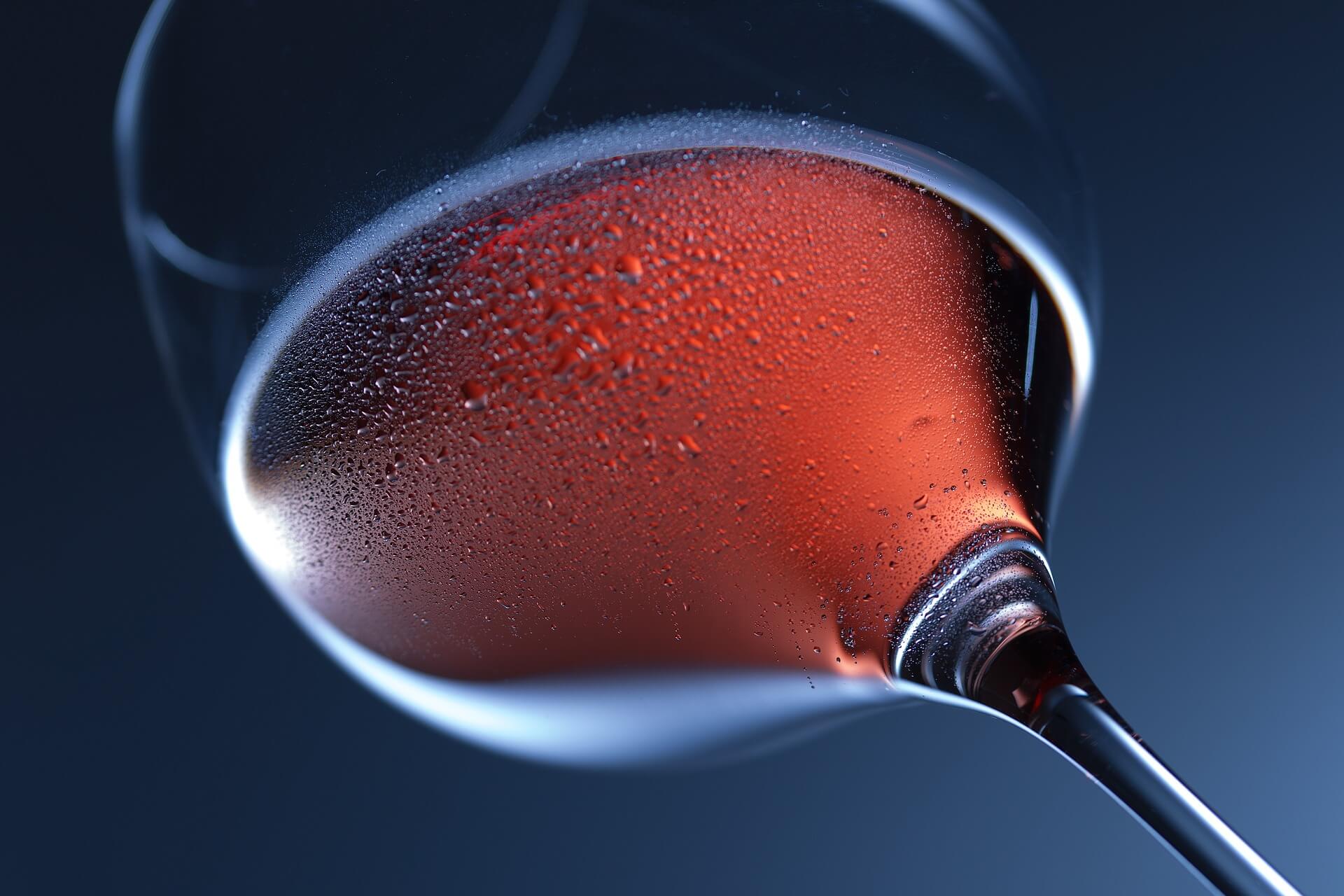5 Bottles for June 21, World Lambrusco Day
by David Klemt

On June 21, the world celebrates one of Italy’s most-famous wines, the oft-misunderstood and maligned Lambrusco.
Now, some people of a certain age chuckle and roll their eyes when someone mentions Lambrusco. After all, the most (in)famous example throughout North America was Riunite.
Of course, I mean no disrespect to that particular producer. It’s just that the world is aware of other Lambrusco labels.
People also now know much more about wine in general and Lambrusco specifically. And they know it’s not always a sweet, sparkling wine.
Lambrusco 101
Much like many, many other wines, Lambrusco is a protected designation. Think Champagne, Prosecco or Châteauneuf-du-Pape.
Lambrusco comes from five regions in Northern Italy: four in Emilia-Romagna and one in Lombardy. Cheese fans may know Emilia-Romagna for its Parmigiano Reggiano cheese production.
The five denominazione di origine controllata (DOC) regions each produce distinct styles of Lambrusco with their own unique characteristics.
For example, Lambrusco Grasparossa di Castelvetro from Modena are the most-tannic of these wines. They also tend to be dark purple in color.
In contrast, some Lambrusco Reggiano wines are lighter in color. These Lambruscos also tend to be sweeter on the palate and more floral on the nose.
Lambrusco di Sorbara produces perhaps the most unique Lambrusco, such as rosè.
Most Lambrusco is semi-sparkling, or frizzante, owing to winemakers using the ancestral, traditional or Charmat methods of production.
Modern Outlook
For decades, most North Americans were only aware of Lambrusco from Riunite. Therefore, North Americans only knew Lambrusco as a cloyingly sweet, fizzy Italian wine.
Of course, many people love sweet. So many, in fact, that the term “sweet sells” is well-known among beverage managers.
However, today’s consumer doesn’t necessarily want to drink what their parents or grandparents drink. And while they may not dislike sweet outright, they want to experience different flavor profiles.
For these consumers, bartenders, bar managers, servers, and floor managers should be aware of a few important Lambrusco label terms:
- Dolce: This is the sweetest Lambrusco.
- Amabile: Medium-sweet wines not quite as sweet as dolce.
- Semisecco: The most common Lambrusco, off-dry wines that aren’t as sweet as amabile or dolce.
- Secco: Dry Lambrusco with balance and savory notes in addition to fruit on the palate.
Lambrusco is a great alternative to Champagne, Prosecco and other sparkling wines in the summer. In particular, those with patios should push their guests to try it.
Where to Start
Like I said, I’m not bashing Riunite—the label has been around for quite some time.
But for those who want to fill out their wine menus, these bottles are worth a look. I’ve chosen one bottle from each of Italy’s five Lambrusco DOCs.
Fondo Bozzole ‘Incantabiss’ Lambrusco Mantovano
From the Lombardy region. A soft wine with mineral notes balance the fruit (strawberry in particular).
Vigneto SaettiRosso Viola 2019
From the Lambrusco Salamino di Santa Croce region. This bottle would definitely draw some eyes as it’s brought to a table. Dry with smoothness balanced by assertive tannins. Black cherry, red berries, and violet.
Lini 910 Lambrusco Rosso Labrusca Reggiano (non-vintage)
91 points from Vinous. Blueberry and strawberry on the nose and palate. I have to say, the label is pretty cool.
Cleto Chiarli Lambrusco Grasparossa di Castelvetro Amabile Centenario (non-vintage)
Speaking of labels, I can see where this bottle would be mistaken for Champagne. Semi-sweet and smooth with lots of fruit on the nose and palate.
Paltrinieri “Radice” Lambrusco di Sorbara (non-vintage)
High acid lends itself to this wine’s significant brightness. Along with strawberry, expect grapefruit and watermelon notes.
Image: Dirk Wohlrabe from Pixabay
